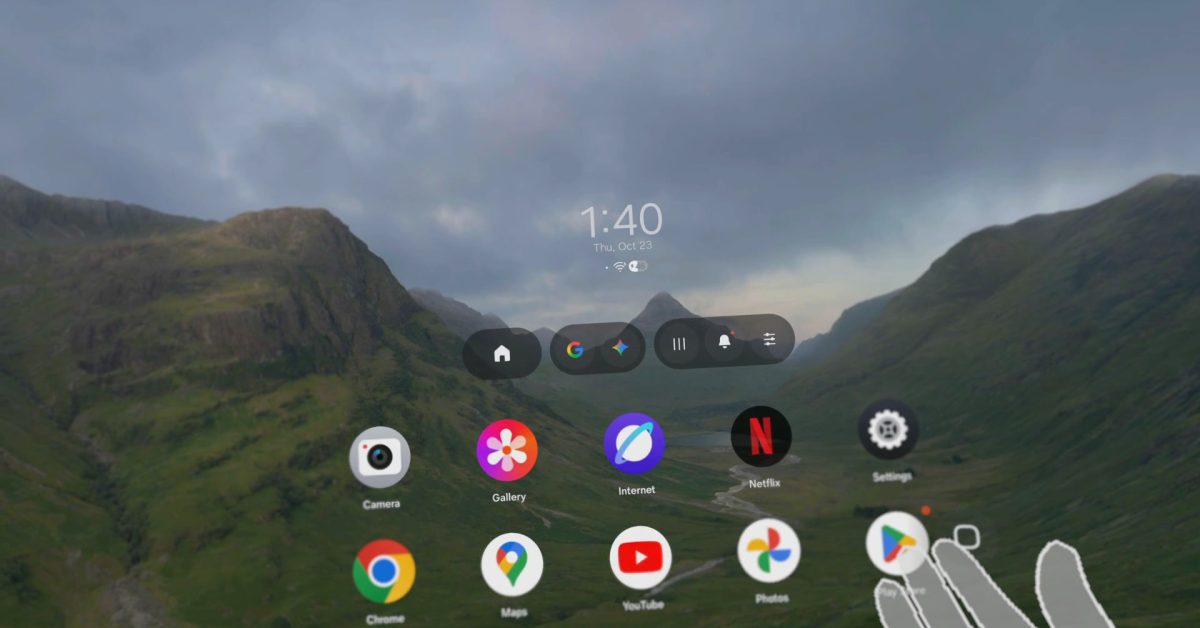
google fi details how hd calling works Google Fi has officially introduced HD calling, addressing a long-standing complaint from its subscribers regarding call quality.
google fi details how hd calling works
Understanding HD Calling
High Definition (HD) calling is a technology that enhances the audio quality of voice calls, making conversations clearer and more natural. Unlike traditional voice calls, which can suffer from muffled sounds and background noise, HD calling leverages wideband audio codecs to transmit a broader range of frequencies. This results in a more lifelike sound experience, allowing users to hear nuances in speech that would otherwise be lost.
Google Fi’s implementation of HD calling is a significant step forward for the service, which has been criticized for its call quality in the past. The introduction of this feature aligns with the growing demand for improved communication technologies, especially as remote work and virtual communication have become more prevalent in recent years.
The Importance of Call Quality
Call quality is a critical factor for mobile service providers. In an era where users rely heavily on their smartphones for both personal and professional communication, the ability to have clear conversations can significantly impact user satisfaction. Poor call quality can lead to misunderstandings, frustration, and ultimately, customer churn.
With the rise of competitors offering HD calling as a standard feature, Google Fi’s decision to introduce this technology is a strategic move to retain existing customers and attract new ones. The company aims to position itself as a viable option in a crowded market, where call quality can be a decisive factor in a consumer’s choice of carrier.
How HD Calling Works
HD calling operates by utilizing advanced audio codecs that are designed to transmit a wider range of audio frequencies. Traditional voice calls typically use narrowband audio, which limits the frequency range to around 300-3400 Hz. In contrast, HD calling can transmit frequencies from 50 Hz to 7000 Hz, capturing more detail and providing a richer sound.
The technology behind HD calling involves several key components:
- Wideband Audio Codecs: These codecs, such as AMR-WB (Adaptive Multi-Rate Wideband) and Opus, are essential for encoding and decoding audio signals. They allow for higher quality audio transmission over cellular networks.
- Network Infrastructure: For HD calling to function effectively, the network must support the necessary bandwidth and quality of service. Google Fi’s infrastructure has been optimized to handle these requirements, ensuring that users experience minimal latency and high-quality audio.
- Device Compatibility: Not all devices support HD calling. Google Fi has worked to ensure that a range of compatible devices can take advantage of this feature, allowing more users to benefit from improved call quality.
Benefits of HD Calling
The introduction of HD calling by Google Fi brings several benefits to users:
- Improved Clarity: Conversations are clearer, making it easier to understand the other party without straining to hear.
- Reduced Background Noise: HD calling technology often includes noise-cancellation features, which help to minimize distractions from background sounds.
- Enhanced User Experience: A better calling experience can lead to increased satisfaction with the service, fostering customer loyalty.
Stakeholder Reactions
The announcement of HD calling has elicited a range of reactions from stakeholders, including subscribers, industry analysts, and competitors.
Subscriber Feedback
Many Google Fi subscribers have expressed relief and excitement over the introduction of HD calling. For users who rely on their phones for both personal and professional communication, the promise of clearer conversations is a welcome development. Some users have noted that they have experienced issues with call quality in the past, making this enhancement particularly significant.
Industry Analysts
Industry analysts have weighed in on the implications of Google Fi’s move. Some experts believe that this feature could help the service differentiate itself in a competitive market. With many carriers now offering similar services, the introduction of HD calling could be a game-changer for Google Fi, potentially attracting users from other networks.
Competitor Response
Competitors may also feel the pressure to enhance their own offerings in response to Google Fi’s announcement. As HD calling becomes more mainstream, other carriers may need to invest in similar technologies to remain competitive. This could lead to a broader trend of improved call quality across the industry, benefiting consumers as a whole.
Implications for Google Fi’s Future
The introduction of HD calling is not just a feature enhancement; it has broader implications for Google Fi’s future. As the service continues to evolve, several key factors will play a role in its success:
- Network Expansion: Google Fi’s ability to maintain and expand its network infrastructure will be crucial. The company must ensure that it can support the increased demand for HD calling without compromising service quality.
- Device Compatibility: Ensuring that a wide range of devices can utilize HD calling will be essential for maximizing user adoption. Google Fi will need to work closely with manufacturers to ensure compatibility.
- Marketing Strategy: Effectively marketing the new feature will be vital. Google Fi must communicate the benefits of HD calling to potential customers, highlighting how it improves the overall user experience.
Conclusion
The introduction of HD calling by Google Fi marks a significant milestone for the service, addressing a long-standing complaint from subscribers and enhancing the overall user experience. As the demand for high-quality communication continues to grow, Google Fi’s commitment to improving call quality positions it favorably in a competitive market. The implications of this feature extend beyond mere audio clarity; they signal a broader commitment to customer satisfaction and technological advancement. As the mobile landscape evolves, Google Fi’s ability to adapt and innovate will be crucial in maintaining its relevance and appeal to consumers.
Source: Original report
Was this helpful?
Last Modified: October 24, 2025 at 1:36 pm
2 views















